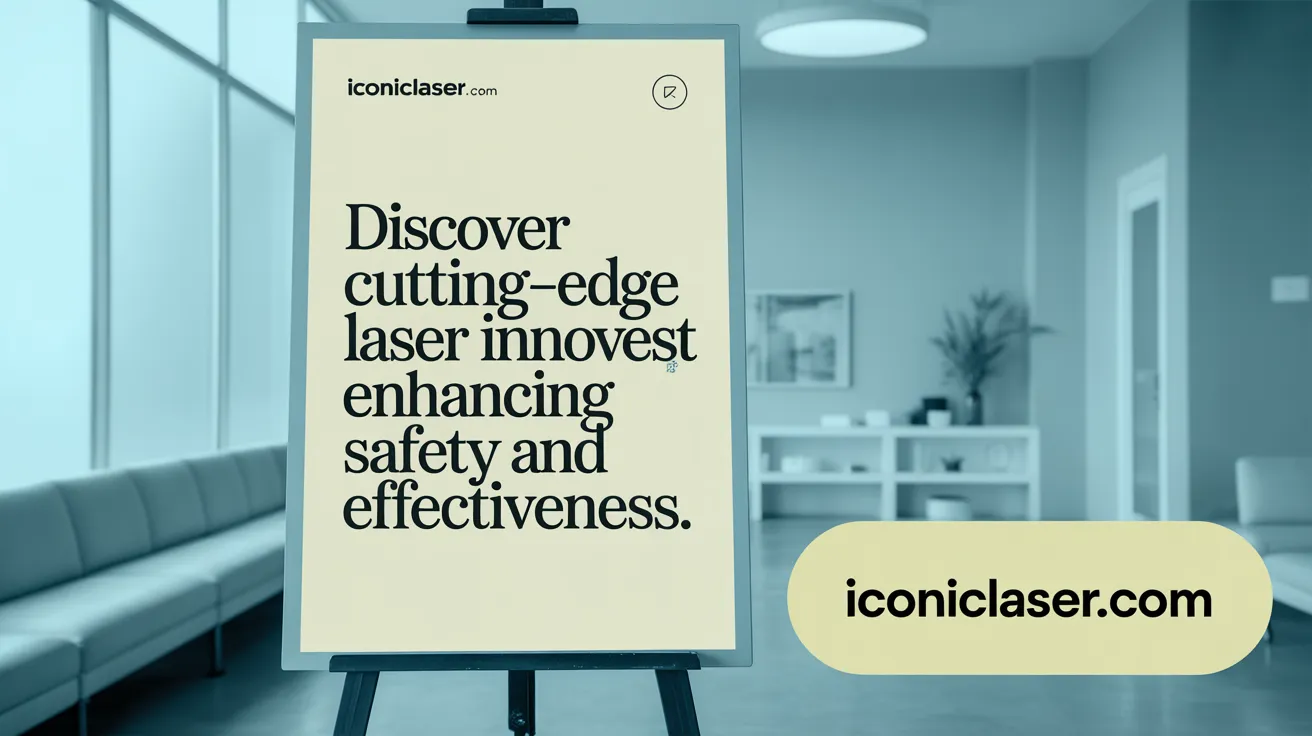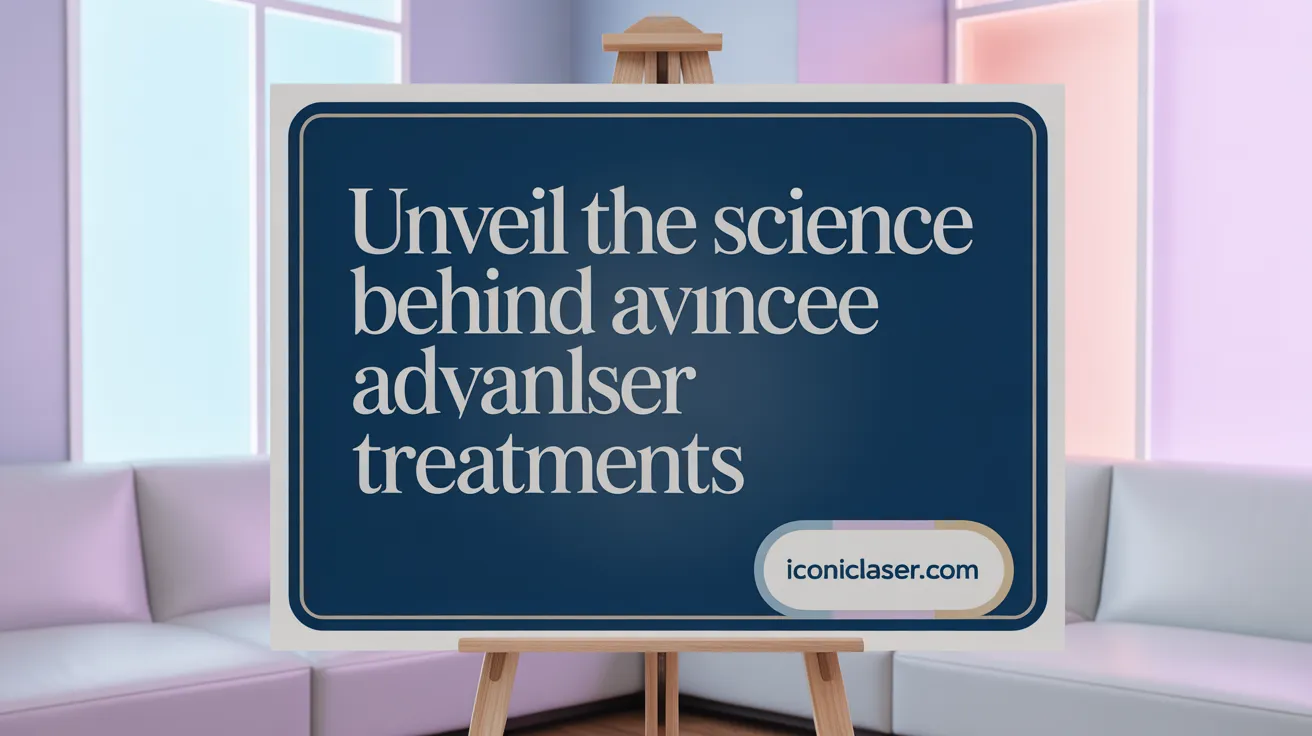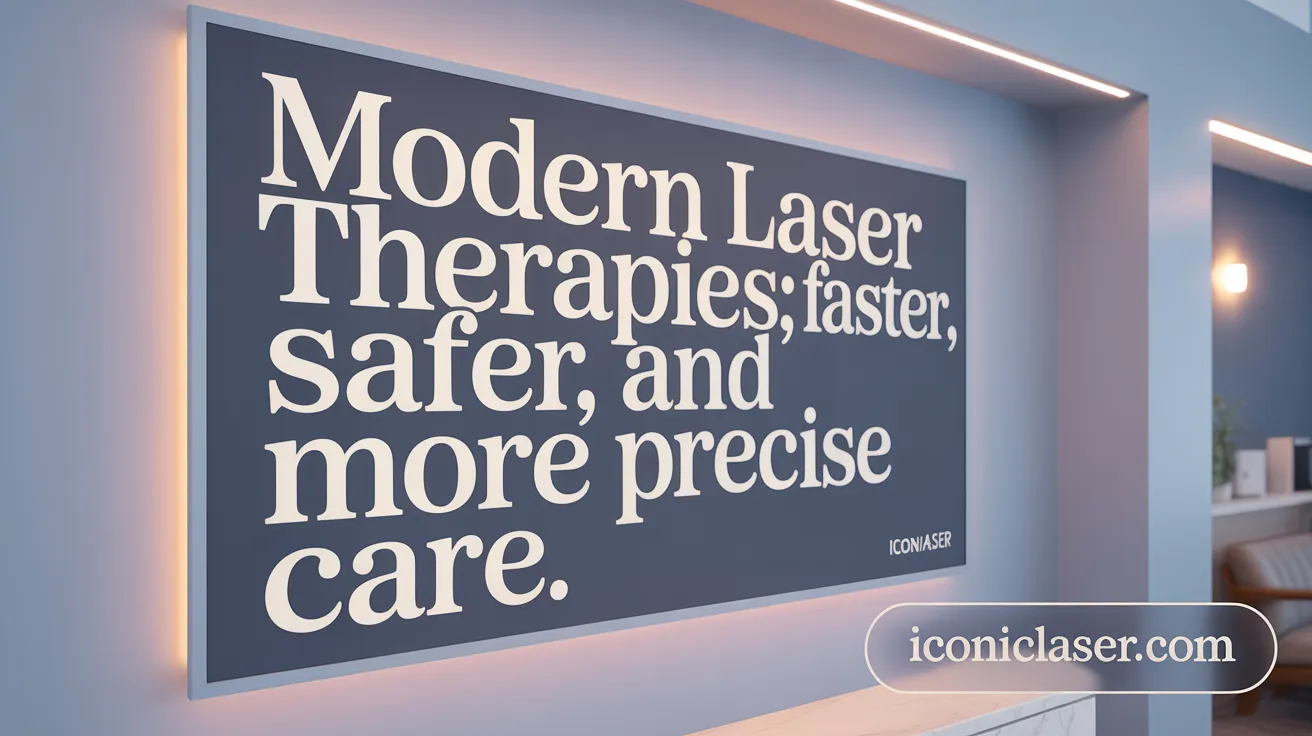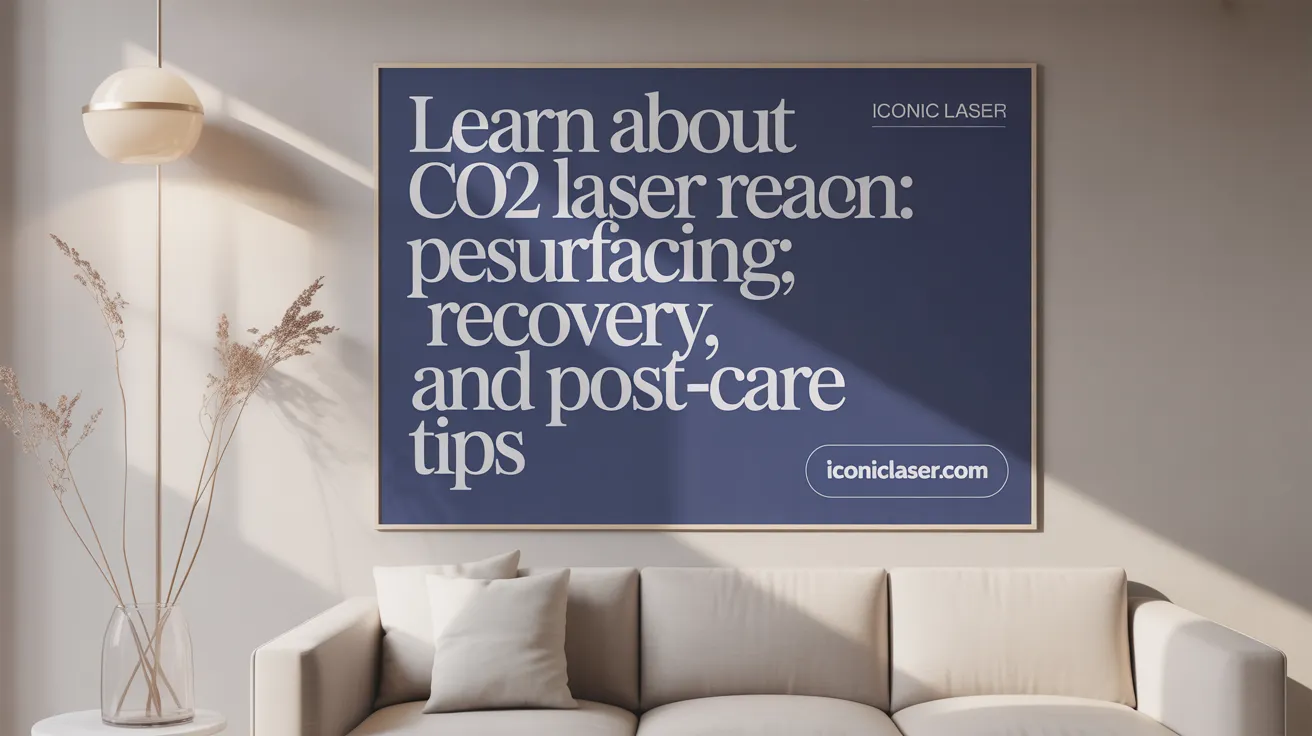Introducing the New Era of Laser Treatments
Laser technology has significantly evolved, offering innovative therapies that are transforming both medical and cosmetic treatments. This article explores the latest advances in laser treatments, focusing on their effectiveness, safety, and application across a wide range of skin and soft tissue conditions. Readers will gain comprehensive insights into cutting-edge laser therapies, including CO2 laser resurfacing and MLS Laser Therapy, empowering informed decisions regarding these transformative procedures.
Exploring the Latest Advances in Laser Treatment Technologies
 Recent technological advances in laser treatments have significantly expanded their capabilities and safety profiles. Modern laser devices are now more precise, minimally invasive, and often incorporate automation and artificial intelligence (AI) to enhance treatment accuracy. These innovations allow practitioners to customize procedures tailored to individual patient needs.
Recent technological advances in laser treatments have significantly expanded their capabilities and safety profiles. Modern laser devices are now more precise, minimally invasive, and often incorporate automation and artificial intelligence (AI) to enhance treatment accuracy. These innovations allow practitioners to customize procedures tailored to individual patient needs.
One notable advancement is the integration of optical coherence tomography (OCT), which provides real-time, detailed imaging of the skin’s layers. This technology helps clinicians assess skin condition more thoroughly before treatment, enabling better targeting and improved outcomes.
Manufacturers have also upgraded existing laser platforms by increasing their power levels, expanding available wavelengths, and enlarging spot sizes. These improvements boost efficacy for vascular lesions, pigmentation, and skin rejuvenation, leading to faster results and fewer sessions.
Hybrid and picosecond lasers are gaining popularity due to their versatility. Picosecond lasers, with ultra-short pulses, effectively treat pigmented lesions and tattoos with minimal discomfort and downtime. Hybrid systems combine different laser types within one device, offering multi-functional options for various aesthetic concerns.
Furthermore, new protocols are designed to improve safety when treating patients with darker skin tones, reducing risks of hyperpigmentation. Combination therapies—such as pairing laser treatments with drug delivery or other skin therapies—are emerging as promising methods to enhance results and accelerate healing.
Overall, these advancements mark a shift towards more effective, faster, and safer laser procedures, reducing recovery times and expanding the scope of treatable conditions.
Understanding Advanced Laser Therapies and Their Mechanisms

What are the main types of advanced laser therapies and how do they work?
Advanced laser treatments include several approaches tailored to specific skin conditions and aesthetic goals. Ablative lasers, like CO2 and Erbium, work by removing the outer damaged layers of skin through vaporization, which stimulates the body’s natural healing process. These are typically used for deep wrinkles, scars, and sun damage.
Non-ablative lasers, such as Nd:YAG or diode lasers, penetrate deeper into the skin without removing the surface layer. They generate heat that stimulates collagen production, resulting in skin tightening and wrinkle reduction while minimizing downtime.
Fractional lasers, including Fraxel, create tiny microthermal zones within the skin. This targeted heating promotes rapid healing and collagen remodeling, making them effective for addressing fine lines, scars, and uneven pigmentation with less recovery time.
Vascular-specific lasers, like pulsed dye lasers, target abnormal blood vessels by absorbing hemoglobin, helping reduce redness, rosacea, and vascular lesions. Pigment lasers, such as Q-switched Nd:YAG or Alexandrite, target melanin, making them suitable for removing pigmented lesions, tattoos, or unwanted hair.
Phototherapy methods, including IPL (Intense Pulsed Light), utilize broad-spectrum light sources to treat vascular and pigmentation issues, as well as skin rejuvenation.
How do these lasers achieve their effects?
These treatments employ various mechanisms such as thermal injury, photodisruption, and photoablation. Thermal lasers heat tissues to stimulate collagen or destroy targeted structures without damaging surrounding areas. Photodisruption involves high-intensity pulses causing microinjuries that induce healing. Photoablation is the precise vaporization of tissue surface layers.
Examples of advanced lasers include:
| Laser Type | Functionality | Main Uses | Technology Details |
|---|---|---|---|
| CO2 Laser | Ablative, high precision | Deep wrinkles, scars, sun damage | Uses carbon dioxide to target water in tissue |
| Erbium Laser | Minimally invasive ablation | Fine lines, skin resurfacing | Emits light absorbed by water, minimal thermal damage |
| Nd:YAG Laser | Non-ablative, deep tissue heating | Vascular lesions, pigmentation, hair removal | Near-infrared light, deep penetration |
| Fraxel | Fractional, microthermal zones | Scars, skin rejuvenation | Creates controlled micro-injuries in skin |
These varied approaches allow for tailored treatments suited to individual skin types and concerns, enhancing safety and effectiveness.
Benefits, Effectiveness, and Comparisons with Traditional Treatments

What are the benefits and effectiveness of modern laser treatments compared to traditional methods?
Modern laser treatments bring a host of advantages that make them increasingly popular in medical and aesthetic care. These procedures are highly precise, allowing practitioners to target specific tissues with minimal impact on surrounding areas. This precision translates into less tissue damage, reducing pain, swelling, and recovery time.
One of the most notable benefits is the accelerated healing process. Laser treatments help sterilize the treated area, decreasing infection risks and promoting faster tissue regeneration. This sterilization, combined with reduced bleeding and trauma, enables patients to return to their daily routines sooner.
Additionally, laser therapies require little to no anesthesia, making the experience more comfortable and less stressful. They are versatile and capable of addressing a wide array of issues—from skin imperfections like wrinkles, scars, and sun damage to musculoskeletal conditions like tendinitis and arthritis.
Compared to traditional methods, lasers often achieve better results with fewer side effects, lower discomfort, and shorter downtime. This makes them a safer, more comfortable, and more effective alternative, especially suitable for patients seeking minimally invasive options.
Overall, laser treatments enhance outcomes, improve safety profiles, and offer faster, more efficient healing, establishing themselves as a superior choice over conventional procedures for many conditions.
In-Depth Look at CO2 Laser Resurfacing Procedure and Care

How does CO2 laser work, and what are the typical procedures, recovery, and post-treatment care involved?
CO2 laser resurfacing utilizes a highly focused beam of carbon dioxide laser light to target damaged outer skin layers. The laser's energy is absorbed by water molecules within the skin tissue, creating micro-injuries that trigger the body's natural healing response. This process removes diseased or aged skin, revealing fresh, healthier skin underneath while stimulating new collagen production to improve skin texture and firmness.
The procedure typically lasts about 30 minutes to an hour, depending on the treatment area size. During the session, the surgeon guides the laser precisely over the skin, which may feel like a warm or tingling sensation. Local anesthesia is used to minimize discomfort.
Immediately after treatment, patients often experience redness, swelling, and pinpoint bleeding. A heat sensation may persist for several hours. These effects are normal and part of the healing process.
In the initial days post-procedure, peeling, crusting, and redness are common as the skin heals. Over the course of 1 to 2 weeks, new skin forms, gradually reducing redness and improving skin tone.
Post-care recommendations
Proper post-treatment care plays a crucial role in optimal recovery and results. Patients should keep the treated area moist using ointments like Aquaphor or petroleum jelly to aid healing and prevent scabbing. Cold compresses can help reduce swelling and discomfort.
Protecting the skin from sun exposure is essential during the recovery period. Broad-spectrum SPF 30+ sunscreen should be applied diligently whenever exposed to sunlight.
Gentle cleansing with a mild, non-irritating cleanser helps keep the skin free of debris. It's advised to avoid skincare products that contain Retin A, glycolic acids, or other potentially irritating ingredients.
Patients should avoid strenuous activities, swimming, or environments that could introduce bacteria or cause further skin irritation during initial healing.
Risks and mitigation
While CO2 laser resurfacing is generally safe, risks include prolonged redness, swelling, itching, scarring, hyperpigmentation, or hypopigmentation. To mitigate these risks, following post-care instructions closely, using sun protection, and avoiding picking or scratching the treated area are vital.
For individuals with darker skin tones, fractional or Nd:YAG lasers might be recommended to reduce pigmentation risks. Multiple sessions may be necessary for optimal results, especially for significant skin issues.
Suitability criteria
Ideal candidates are those with mild to moderate skin concerns such as fine lines, wrinkles, sun damage, uneven tone, age spots, or scars. They should be prepared to adhere to pre- and post-treatment instructions, including sun avoidance and skincare routines.
Those with active skin infections, severe acne, or certain health conditions may need alternative procedures. A consultation with a certified dermatologist can determine if CO2 laser resurfacing is suitable.
This thorough understanding helps patients achieve the best possible outcomes while minimizing side effects and ensuring a safe healing process.
MLS Laser Therapy and Its Role in Skin and Soft Tissue Treatment
What is MLS Laser Therapy, and how is it used in treating skin conditions?
MLS Laser Therapy, or Multiwave Locked System Laser Therapy, is an advanced, FDA-cleared non-invasive treatment designed to promote healing and reduce pain and inflammation. This therapy uses synchronized laser wavelengths—primarily 808 nm and 905 nm—that penetrate tissues to stimulate cellular activity.
The mechanism involves increasing cellular metabolism, enhancing blood circulation, and encouraging tissue regeneration. This targeted approach effectively accelerates healing processes in soft tissues.
In dermatology, MLS Laser Therapy is applied to treat scars, wounds, and inflammatory skin conditions such as psoriasis and eczema. It is also used to stimulate collagen production, which improves skin texture and promotes a youthful appearance. Beyond skin, it helps manage soft tissue injuries, arthritis, and nerve pain.
Sessions are quick, usually lasting between 10 to 15 minutes, with many patients experiencing immediate relief. Because it is non-invasive and drug-free, there is little to no downtime, making it a convenient option for those seeking effective treatment for skin and soft tissue issues.
Making Informed Decisions on Advanced Laser Treatments
As laser technology continues to advance, patients have more effective, safer, and versatile options for treating a broad spectrum of skin and soft tissue conditions. Understanding the specific technologies, mechanisms, benefits, and safety considerations—especially for procedures like CO2 laser resurfacing and MLS Laser Therapy—helps individuals select treatments aligned with their skin type, concerns, and lifestyle. Consultation with experienced specialists and adherence to recommended protocols ensure optimal outcomes. Embracing cutting-edge laser treatments empowers patients to achieve rejuvenated skin and improved health with minimal invasiveness, faster recovery, and lasting results.
References
- Five Things You May Not Know About Laser Therapy
- Revitalize Your Skin with Advanced Laser Treatments
- What You Need to Know About Laser Skin Resurfacing
- CO2 Lasers: The Gold Standard in Skin Resurfacing
- Edge One CO2 Laser Treatment: Skin Benefits & What to ...
- Everything You Need to Know About MLS Laser Therapy
- Latest Advancements in Laser Technology
- Advancements in laser technologies for skin rejuvenation
- Advancements in laser technologies for skin rejuvenation ...
